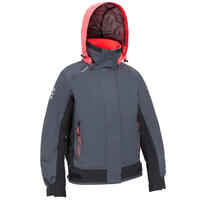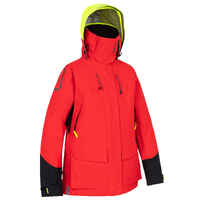Women sailing jacket & smock
Filters
0
-
-
-
Price €250.00
Women’s Sailing Jacket Offshore 900 - Red
-
Price €110.00
Women’s Sailing Jacket 500 - Navy Blue
-
-
Price €40.00
Women's Sailing Windproof Jacket - 500 BLUE






















